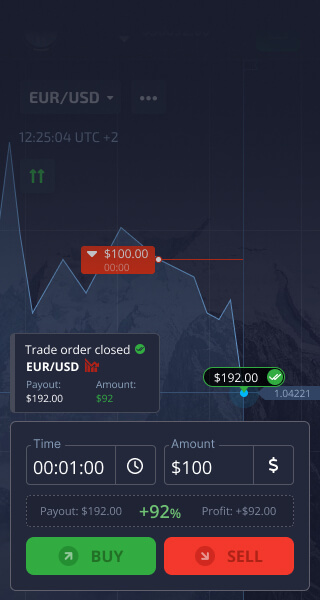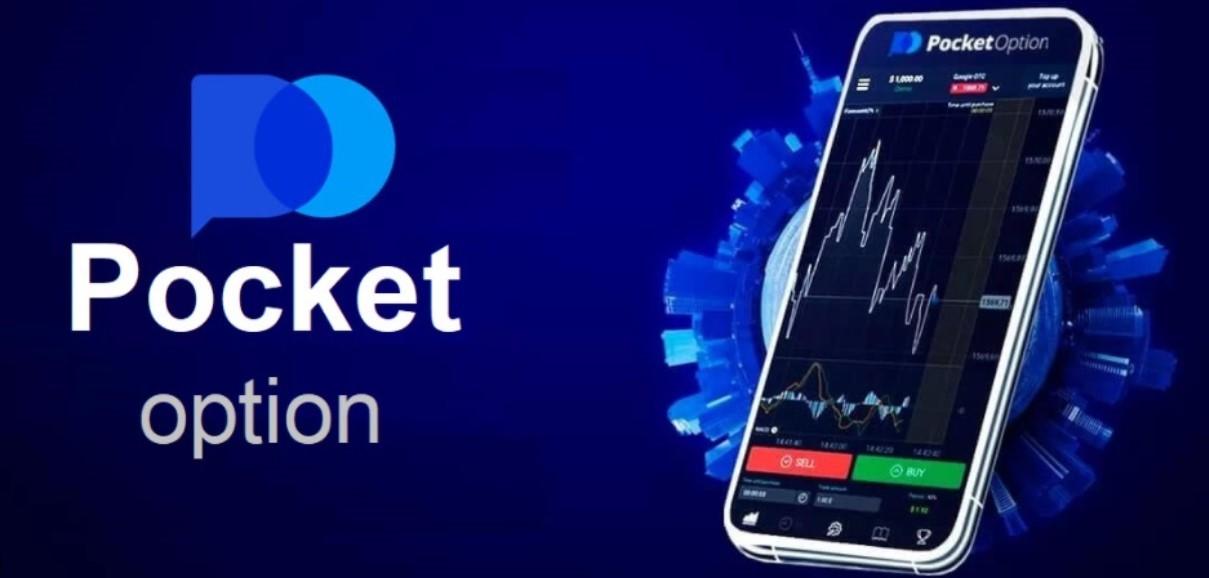
Pocket Option Demo Trading: A Beginner’s Guide
Trading in financial markets can be a daunting task, especially for beginners. However, with the advent of advanced trading platforms, it’s now easier than ever to enter the world of trading. One such platform that has gained popularity is Pocket Option. With its user-friendly interface and various features, Pocket Option provides a great environment for both novice and experienced traders. In this article, we will discuss the concept of Pocket Option Demo Trading Pocket Option demo trading and how it can help you kickstart your trading journey.
What is Pocket Option?
Pocket Option is a renowned trading platform that allows users to trade cryptocurrencies, forex, stocks, and commodities. Founded in 2017, it has gained traction due to its accessibility, modern design, and rich features. Users can benefit from various tools, educational resources, and a supportive community, making it an ideal choice for new traders.
Understanding Demo Trading
Demo trading is an essential practice that allows new traders to learn the ropes without risking real money. It provides a simulated trading environment where users can familiarize themselves with the platform, understand market dynamics, and test trading strategies. Pocket Option offers an outstanding demo account that equips users with a virtual balance to trade as if they were trading with real funds.
The Benefits of Using Pocket Option Demo Trading
1. Risk-Free Environment
One of the most significant advantages of demo trading is that it removes the financial risk associated with trading. Beginners can experiment with various strategies, learn how to analyze the market, and gain insights into their trading psychology without the fear of losing actual money.
2. Familiarization with the Platform
Every trading platform has its unique features, tools, and functionalities. Demo trading allows users to navigate Pocket Option, exploring its various features such as indicators, charts, and trading signals, all without the pressure of real-time trading.
3. Testing Trading Strategies
With a demo account, traders can test different strategies to see which ones yield the best results. This experimentation phase is crucial for developing a robust trading strategy that can be applied when trading with real funds.
4. Building Confidence
Trading can be highly emotional, with many traders feeling anxious when making decisions with real money on the line. By using a demo account, traders can build their confidence and decision-making skills before transitioning to live trading.
How to Start Trading with a Pocket Option Demo Account
Getting started with Pocket Option demo trading is straightforward. Follow these steps to create an account:
Step 1: Sign Up
Visit the Pocket Option website and sign up for an account. The registration process is quick and easy, requiring only essential information such as your email address and password.

Step 2: Access the Demo Account
Once registered, you can access the demo account where you will be granted virtual funds to start trading. This balance allows you to conduct trades, analyze results, and refine your approach.
Step 3: Explore the Platform
Take the time to explore the various features that Pocket Option has to offer. This includes trading charts, technical analysis tools, and financial news to stay informed about market trends.
Step 4: Start Trading
Begin placing trades using the demo account. Experiment with different asset classes, analyze potential trades, and develop your skills as you progress.
Trading Strategies for Beginners
While experimenting on a demo account, consider the following strategies to enhance your trading skills:
1. Trend Following
Recognizing and following market trends is a fundamental trading strategy. This involves identifying the direction in which an asset is moving (upward or downward) and making trades accordingly.
2. Breakout Trading
Breakout trading involves entering a trade when the price of an asset breaks through a significant level of support or resistance. Many traders use this strategy to capitalize on strong price movements.
3. Scalping
Scalping is a short-term trading strategy where traders make quick trades to capture small price changes throughout the day. This strategy requires a good understanding of market conditions and quick decision-making abilities.
Transitioning from Demo to Live Trading
Once you feel confident with your trading skills in the demo environment, you may want to transition to live trading. Here are a few steps to consider:
1. Set Realistic Goals
Before transitioning to live trading, set achievable goals based on your experience and risk tolerance. This will help keep your expectations in check.
2. Start Small
It’s wise to start with a smaller capital amount to minimize risks as you adapt to live trading conditions. This enables you to gain experience while keeping potential losses manageable.
3. Keep Emotions in Check
Trading in a live account can elicit emotional responses. Practice maintaining discipline, sticking to your trading plan, and avoiding impulsive decisions.
Conclusion
Pocket Option demo trading is an excellent feature that allows traders to learn and develop their skills in a risk-free environment. By utilizing a demo account, beginners can familiarize themselves with the platform, test strategies, and build the confidence necessary for successful trading. With the right approach and mindset, anyone can embark on a rewarding trading journey with Pocket Option. Remember, practice makes perfect, so take full advantage of demo trading before you dive into the world of live trading!
